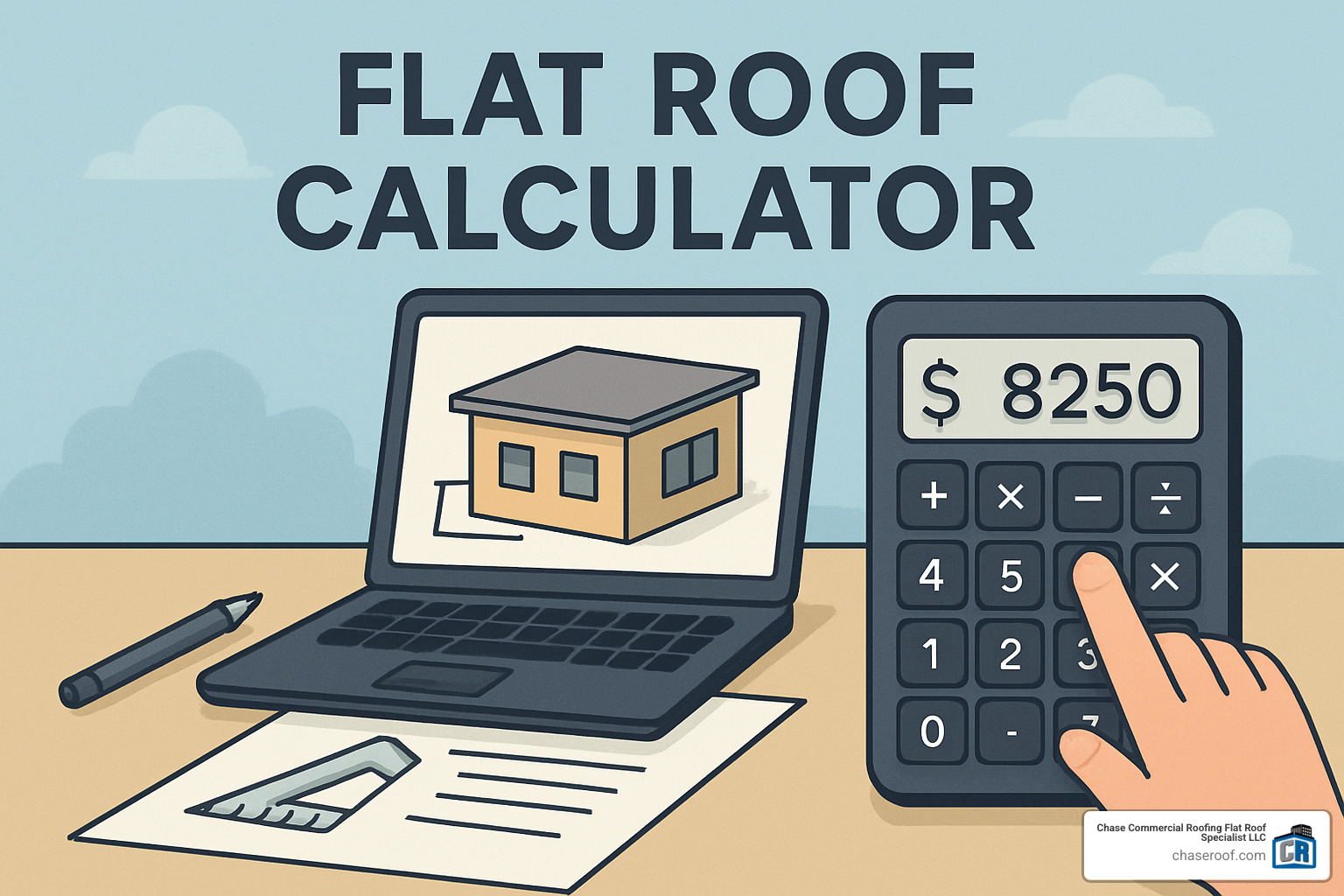Transform Your Roofs Job using the Joplin Roof Estimator
When it comes to roofing assignments, having a dependable method for cost estimation can make a significant impact. Homeowners often face the daunting task of calculating the costs of materials and labor, which can lead to uncertainty and unforeseen costs. That’s where the Joplin Roofing Calculator comes in. This cutting-edge tool makes easier the estimation process, helping you to manage your roofing project and making sure that you are well-prepared for upcoming challenges.
In this article, we'll explore how to properly utilize the Joplin Roofing Calculator to achieve accurate estimates, provide a comprehensive guide for beginners, and present tips for maximizing its potential. Whether you are replacing an old roof or preparing for a renovation, understanding how to manage these calculations is vital for a favorable outcome. With the correct method, you can cut down on time, lower expenses, and avoid common issues associated with roofing projects. Let’s dive into the world of roofing calculations and discover enhance your roofing experience.
Comprehending Roofing Calculator Fundamentals
A roof estimation tool is a valuable resource for property owners looking to calculate the costs associated with their roofing endeavors. By feeding exact dimensions and information about the desired roofing materials, homeowners can receive rapid calculations for both material and work costs. This enables property owners to better comprehend the financial aspects of their decisions before proceeding to a job.
One of the core elements of utilizing a roofing calculator is comprehending the different factors that influence the final estimates. Elements such as roof size, pitch, and the type of material chosen can considerably affect the overall costs. Additionally, location and market conditions have a role in determining labor rates, making it crucial to tweak calculations based on your particular area.
Employing a roofing calculator efficiently can lead to better decisions and financial planning. It not just provides a better view of potential costs but also helps in comparing different choices. This allows homeowners to make informed decisions, avoiding surprises and confirming that they can manage their roofing tasks within their budget.
Enhancing Exactness in Calculations
To obtain the greatest precise estimates when employing a roofing-related calculator, it is essential to provide precise measurements of your roof's measurements. This entails not only the lengths and width of each area but also considering angles, valleys, and peaks. Any mistakes in measurement can lead to significant differences in supplies and labor cost assessments. Utilizing tools such as a measuring tape or digital distance measuring device can help guarantee that your numbers are as precise as practicable.

In conjunction with accurate dimensions, understanding the types of resources you plan to use will greatly increase the reliability of your assessments. Joplin MO Roofing Estimates permit you to pick different materials, each with its respective cost effects. By understanding the details of your preferred resources—such as asphalt shingles versus steel roofing—you can ensure that the calculator takes into account the accurate price per square foot. This factor also extends to any supplementary features, such as thermal insulation or ventilation systems.
Moreover, consider community market conditions when adjusting your calculator calculations. Material costs can vary greatly depending on your region and the current demand. If you inhabit in an area where certain roofing materials are limited, prices may be raised than normal. Allocate time to research local labor rates as well; this information will help you modify assessments to reflect real-world conditions, culminating in a more precise budgeting process for your roof assignment.
Typical Errors and How to Avoid Them
One of the most common pitfalls when using a roofing calculator is miscalculating material costs. Homeowners may not include necessary accessories like underlayment, flashing, and ventilation, which can lead to budget shortfalls. To avoid this, make sure to fully understand the materials required for your specific roofing project and factor in all additional components in your calculations. https://md.un-hack-bar.de/af14OhySTeS0drwlCJ3e8w/ of materials can help ensure that you don't miss anything, giving you a more reliable total estimate.
Another common mistake is failing to adjust estimates for local labor costs. Roofing prices can fluctuate significantly based on location and local market conditions. Homeowners might base their estimates on broad averages that don't reflect their area. To counter this, it is recommended to reach out to local contractors for details on prevailing labor rates or adjust your calculator inputs based on area-specific information. This approach will yield a more realistic budget and reduce unexpected financial surprises.
Lastly, many users make the mistake of not factoring in roof type variations in their calculations. Different roofing materials and styles can have vastly different costs and installation requirements. For https://bestbizportal.com/read-blog/171265 , a flat roof might require different techniques and materials compared to a gable roof. To avoid this issue, ensure you enter the correct type of roof in the calculator and familiarize yourself with how the selected roofing type affects overall costs. A small extra research on roof types can lead to significant savings and improved accuracy in your project’s financial planning.